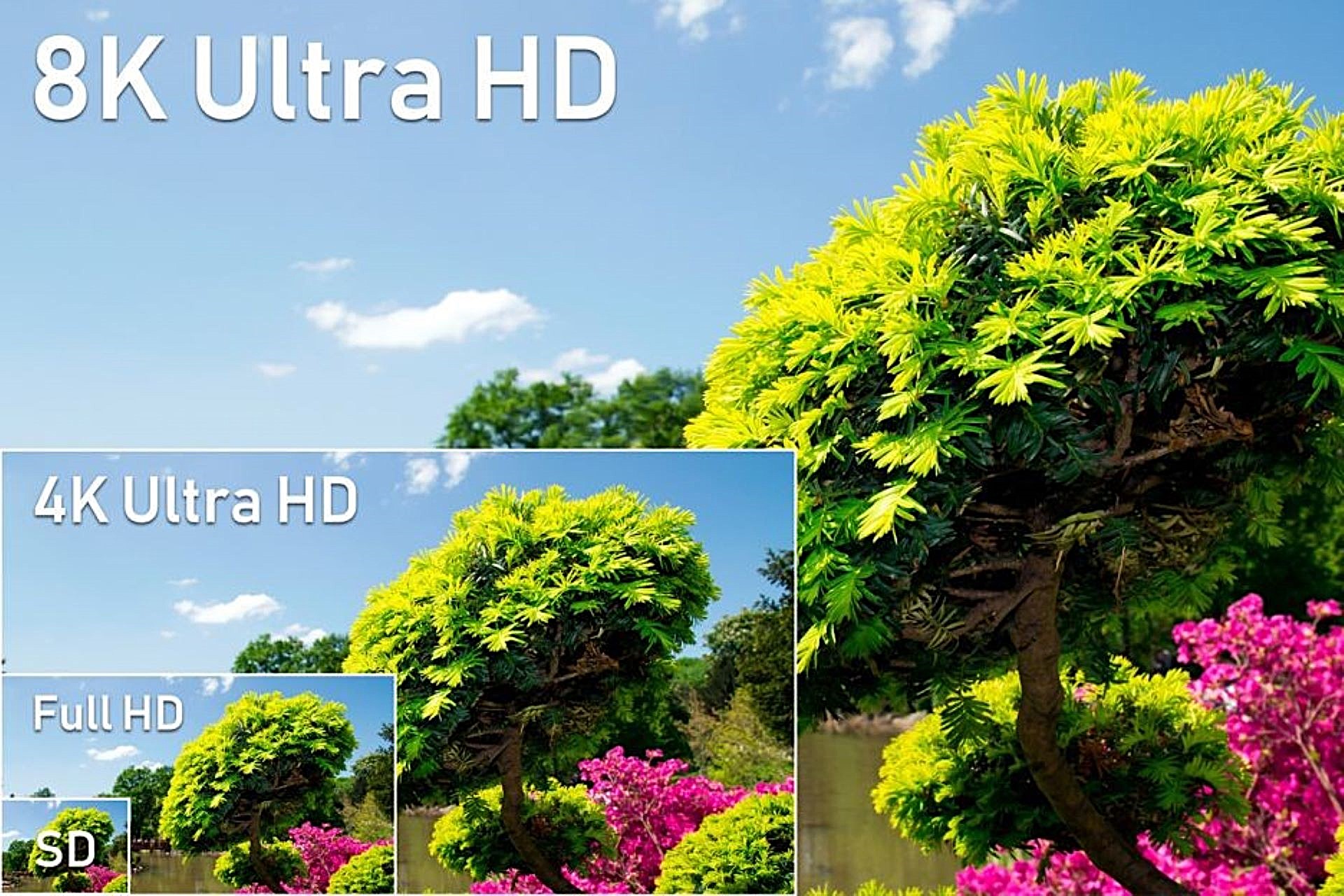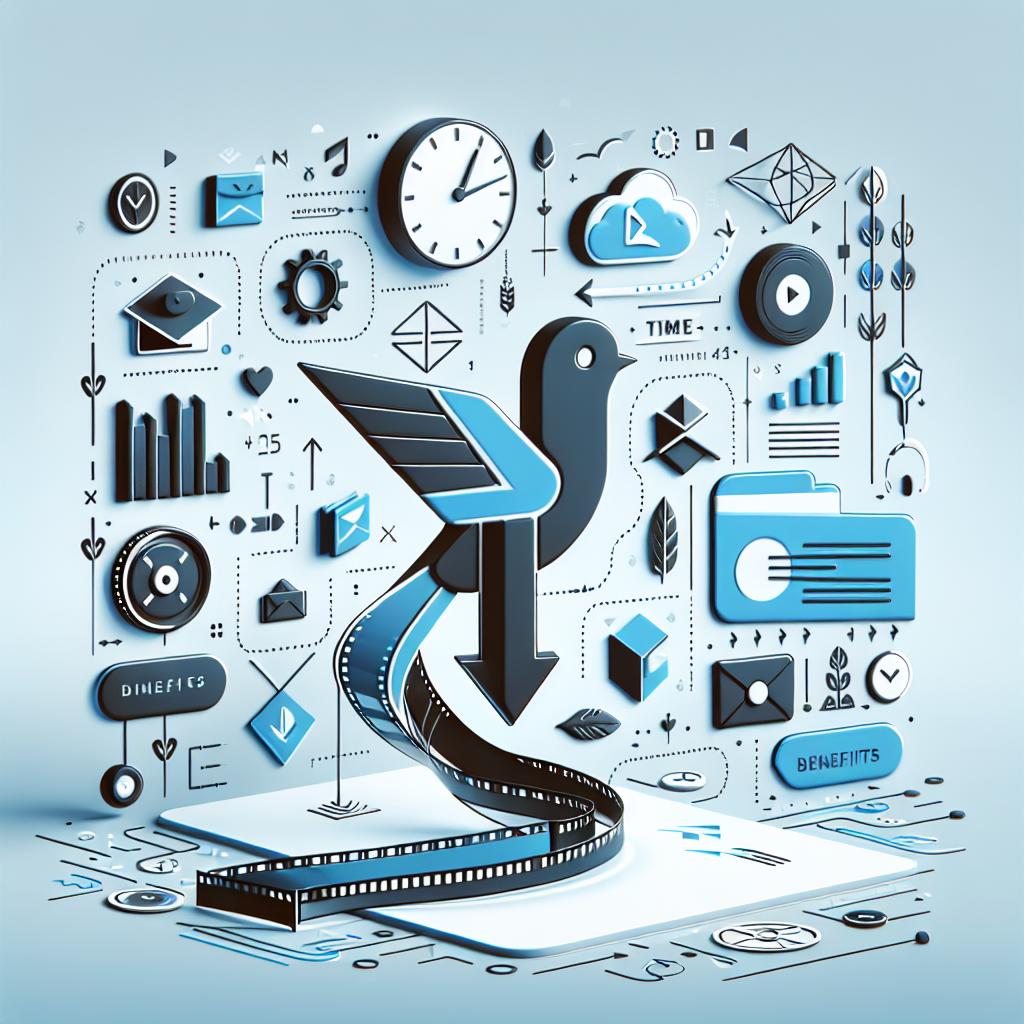Technology has revolutionized almost every industry, and the world of film and television production is no exception. From pre-production planning to post-production effects, the advances in technology have transformed how films and TV shows are created, shared, and consumed. Have you ever wondered how a film looks so visually stunning, or how TV shows come to life with such intricate detail? Well, that’s all thanks to the cutting-edge tech behind the scenes.
The Evolution of Film and Television Through Technology
From Analog to Digital
Once upon a time, filmmaking was a painstaking and meticulous process. Filmmakers had to rely on physical film reels, which were delicate, expensive, and required expert handling during production. Every take had to be carefully planned to avoid wasting valuable film stock, and editing involved physically cutting and splicing reels together. These analog methods were labor-intensive and left little room for error. If something went wrong, it was often costly to reshoot or correct the mistake. Additionally, distributing film required physical copies to be sent to theaters, further adding to the expense and logistical challenges.
Impact of High-Definition (HD) and 4K Resolution
There was a time when watching TV or movies felt like looking through a layer of fog—grainy, low-resolution images that lacked the sharpness and clarity we now take for granted. High-Definition (HD) technology changed all of that. With HD, viewers were introduced to clearer, crisper visuals, revolutionizing the way we consume media. The move from Standard Definition (SD) to HD marked a turning point, allowing audiences to see more detail than ever before. Whether it was the textures in an actor’s costume or the intricate set designs, HD brought these elements to life, making viewing experiences more immersive and enjoyable.
But the story doesn’t end with HD. Today, we’ve moved beyond HD to 4K—and even 8K—resolution. These ultra-high-definition formats offer four to eight times the resolution of traditional HD, creating an almost lifelike visual experience. The colors are more vibrant, the details more precise, and the images sharper than ever before. In fact, with 4K and 8K, it’s possible to see even the smallest details, such as the pores on an actor’s face or the individual leaves on a tree in the background. This leap in resolution has transformed not only the viewing experience but also the way filmmakers approach storytelling, pushing them to create more visually stunning, high-quality content that keeps audiences engaged.
Pre-Production: How Technology is Streamlining Planning and Visualization
Digital Storyboarding
In the past, storyboarding was a manual and time-consuming process that involved artists sketching out scenes frame by frame on paper. These static images were used to visualize the flow of the story, allowing directors to plan out camera angles, character movements, and scene transitions. While effective, this traditional method had its limitations. Changes or revisions required redrawing entire sequences, which could be both frustrating and costly. Additionally, it was harder to communicate complex visual ideas using only hand-drawn sketches.
Virtual Location Scouting
In the past, location scouting required a significant amount of time, travel, and money. Filmmakers would have to physically visit multiple locations to determine the perfect backdrop for their scenes, a process that could take weeks or even months. Moreover, scouting remote or exotic locations presented logistical challenges, as the production team would have to arrange travel, accommodation, and permits, all of which added to the overall production cost. This traditional approach to location scouting also left little room for real-time collaboration with other team members who might be situated elsewhere.
Thanks to advances in Virtual Reality (VR) and drone technology, virtual location scouting is now possible, offering filmmakers an alternative that is both faster and more cost-effective. By using VR headsets, directors can “walk” through a variety of potential filming locations without ever leaving their offices. Drones can capture 360-degree views of locations, providing detailed, high-resolution footage that can be reviewed by the entire production team remotely. This not only cuts down on travel costs but also speeds up decision-making, allowing for quicker selection of filming spots. Additionally, virtual scouting opens up the possibility of digitally recreating or modifying locations, giving directors more control over the setting and environment of their films. The ability to scout and collaborate in real-time, regardless of geographical location, is a game-changer for modern filmmakers.
Let’s break down some of the key advantages digital tools bring to the pre-production process:
- Increased Flexibility – Directors can easily make changes and revisions on the go.
- Enhanced Collaboration – Real-time collaboration is possible, even for remote team members.
- Reduced Costs – Virtual tools eliminate the need for travel and manual adjustments.
- Faster Workflow – The ability to pre-visualize scenes speeds up decision-making.
- More Accurate Planning – 3D models and simulations offer a clearer picture of the final product.
As technology continues to evolve, the pre-production phase will only become more streamlined, allowing filmmakers to focus on creativity rather than logistics.
Advancements in Production Technology
Cameras and Equipment
Over the years, advancements in camera technology have drastically improved how filmmakers capture scenes, enhancing both the visual quality and the efficiency of production. Modern cameras are now smaller, lighter, and packed with innovative features that offer more creative flexibility than ever before. With high frame rates, superior image stabilization, and advanced sensors, these cameras allow directors to shoot stunning, smooth footage even in challenging environments. Whether it’s filming in low light or capturing fast-moving action, today’s cameras are capable of producing breathtaking shots that would have been difficult or impossible to achieve in the past. The introduction of 4K and 8K resolution in cameras has also provided directors with the ability to film in ultra-high definition, creating visuals that are rich in detail and color.
| Feature | Old Technology | Modern Technology | Benefit |
| Camera Size | Large, bulky film cameras | Compact, lightweight digital cameras | More flexibility in shot setup |
| Resolution | Standard Definition (SD) | 4K, 8K Ultra High Definition (UHD) | Sharper, more detailed images |
| Aerial Shots | Helicopters needed for aerial filming | Drones for aerial footage | Lower cost, more maneuverability |
| Stabilization | Limited image stabilization | Advanced stabilization features | Smooth footage in motion scenes |
Green Screens and CGI
Green screen technology, also known as chroma keying, has transformed the way visual effects are integrated into film and television production. This technique allows filmmakers to shoot actors and objects in front of a solid green background, which can later be replaced with any digital environment imaginable. Whether it’s an epic battle set in a fantasy world or a futuristic cityscape, green screens make it possible to bring complex, large-scale scenes to life without ever leaving the studio. CGI (computer-generated imagery) has advanced to such a degree that the lines between real and artificial elements in films are often indistinguishable. Directors and visual effects artists can now seamlessly blend live-action footage with CGI, creating environments and effects that are incredibly lifelike.
The use of CGI has expanded the creative possibilities for filmmakers. Before CGI, creating certain effects required physical sets, elaborate stunts, or on-location shoots, all of which could be costly and logistically difficult. Today, with the aid of powerful computer software, entire worlds can be generated digitally, and the realism of these digital creations is continually improving. This technology allows for greater control over the visual narrative, as directors can make changes to digital environments during post-production. The ability to manipulate scenes with such precision has given rise to some of the most visually stunning and imaginative films in cinema history.
Motion Capture Technology
Motion capture, often referred to as “mocap,” has become one of the most innovative tools in the realm of animation and CGI, significantly enhancing the realism of animated characters. This technology involves recording an actor’s movements through sensors attached to their body. These movements are then translated into digital form, allowing animators to create lifelike animations for characters that appear in films, video games, and television shows. One of the most well-known uses of motion capture is in the creation of Gollum in The Lord of the Rings and the Na’vi characters in Avatar. These characters were brought to life by actors wearing mocap suits, whose performances were captured in real-time and used to animate the CGI characters with incredible realism.
Motion capture not only makes animated characters more believable but also allows for emotional depth and nuance in performances. Actors can perform complex scenes that are then translated into digital characters, giving animators the ability to maintain the actor’s unique mannerisms and facial expressions. This technology is a game-changer in productions that blend live-action with CGI, allowing for the seamless integration of human performances into fantastical, digitally-created worlds.
Post-Production: The Power of Editing and Effects
Editing Software Advancements
In the past, the editing process was labor-intensive, requiring editors to physically cut and splice film reels together. Any revisions or adjustments meant starting over, making the editing process slow and challenging. However, modern editing software like Adobe Premiere Pro and Final Cut Pro has transformed how filmmakers approach post-production. These digital platforms allow editors to work with footage in a non-linear fashion, meaning they can easily rearrange scenes, add transitions, and apply effects without disrupting the overall project. This has not only sped up the process but also made it more creative. Editors can experiment with different styles, create complex visual effects, and enhance the pacing of scenes with ease.
One of the biggest advantages of digital editing is the ability to integrate special effects directly into the workflow. Advanced editing software now includes tools for color correction, audio adjustments, and even basic visual effects, allowing editors to fine-tune every aspect of the film within a single program. This seamless integration of editing and effects has made post-production faster and more efficient, giving filmmakers more time to focus on perfecting their final cut. The flexibility of modern editing software empowers filmmakers to bring their vision to life in ways that were once thought impossible.
Sound Design and Mixing
Sound is an often overlooked but critical aspect of film and television production. It’s not just about the dialogue—ambient sounds, music, and sound effects all play a role in immersing the audience in the story. Modern sound design tools have made it easier for filmmakers to create detailed soundscapes that enhance the emotional impact of a scene. From the subtle rustling of leaves in a forest to the deafening roar of an explosion, sound design software allows audio engineers to layer multiple sound effects to create a rich auditory experience. Programs like Pro Tools and Logic Pro X offer precise control over sound mixing, giving filmmakers the ability to adjust audio levels, apply effects, and sync sound with visuals.
Sound mixing has also seen significant advancements, allowing for more dynamic and immersive audio experiences. Techniques like surround sound and Dolby Atmos enable audio engineers to position sounds in a 3D space, making them feel like they are coming from different directions. This creates a more engaging experience for viewers, as sound can now move around them, mimicking how it would be heard in real life. Whether it’s the subtle creaking of a door or the swelling of an orchestral score, sound mixing technology has elevated the role of audio in film, making it an essential component of storytelling.





